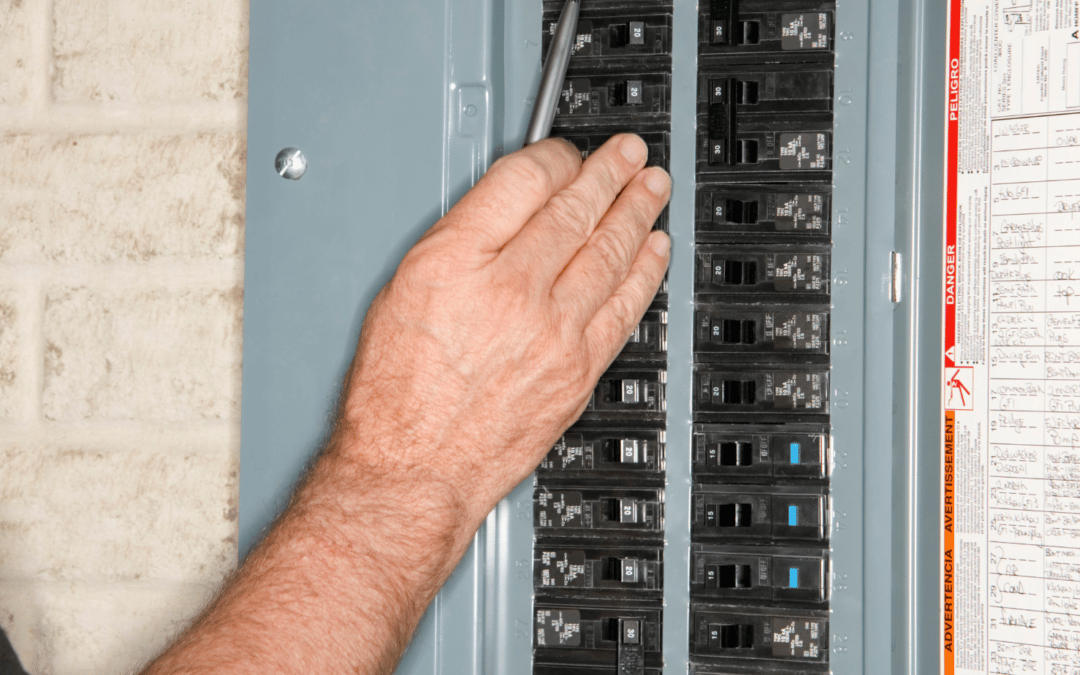Optimize systems with professional mechanical system optimisation support.
Optimize systems with professional mechanical system optimisation support.
Blog Article
Leading Tips for Effective Electrical System Troubleshooting
Troubleshooting electrical systems needs a systematic approach, based in a comprehensive understanding of electric principles and safety protocols. The subtleties of efficient fixing prolong past simple technical understanding; comprehending just how to document findings and prioritize safety can considerably influence end results.
Understand the Fundamentals
Comprehending the basics of electrical systems is necessary for efficient troubleshooting, as a strong structure enables technicians to identify and deal with issues more successfully. An extensive grasp of electrical concepts, such as voltage, existing, resistance, and power, is essential in determining the source of problems. Voltage is the electric prospective difference that drives current with a circuit, while resistance opposes the flow of current, impacting the total performance of the system.
Knowledge with circuit elements, including resistors, capacitors, diodes, and switches over, is also paramount. Each element plays a distinct function in circuit behavior and can influence performance when malfunctioning. Furthermore, understanding collection and identical circuit setups is crucial, as these plans affect the distribution of voltage and existing within the system.
Specialists must be conscious of prospective dangers, such as shock and brief circuits, to apply risk-free troubleshooting techniques. By understanding these fundamental principles, professionals enhance their ability to perform effective diagnostics and repair work, eventually leading to improved performance and reliability of electric systems (electrical system troubleshooting).
Gather Necessary Tools
Effective troubleshooting of electrical systems requires the appropriate collection of devices to detect and resolve problems properly. A well-equipped specialist can substantially improve effectiveness and efficiency in identifying problems. Vital devices consist of a multimeter, which gauges voltage, existing, and resistance, allowing for accurate assessments of electrical components. Secure meters are additionally useful for determining existing without separating the circuit, making sure safety and comfort.
Furthermore, insulated hand devices such as screwdrivers, pliers, and cable strippers are critical for safely manipulating electric links. It is likewise recommended to have a circuit tester handy to verify the visibility of voltage in outlets and wires. For even more complex systems, a thermal imaging electronic camera can assist spot overheating parts, indicating possible failures.

Adhere To a Systematic Method
Having gathered the proper devices, the following action in repairing electrical systems is to adhere to a systematic strategy. A systematic approach makes sure that professionals can determine faults effectively and precisely, lessening downtime and stopping unneeded repair services.
Begin by assessing the system's schematic layouts and specs. Comprehending the style and operational parameters will supply context for detecting problems. Next, separate the trouble location by utilizing a process of elimination. This involves monitoring each element systematically, beginning with the source of power and working towards the tons.
Utilize screening tools, such as multimeters and oscilloscopes, to gather objective information about voltage, current, and resistance at numerous points within the system. This empirical evidence will certainly lead your troubleshooting initiatives and assist to confirm or remove potential reasons for failing.
Furthermore, take into consideration ecological elements that might influence the system's efficiency, such as temperature variations or dampness access. An extensive examination of wiring, connections, and elements will guarantee that all opportunities are made up.
Paper Your Searchings For
Complete paperwork is essential in the troubleshooting procedure of electric systems. Precise documents enhance the efficiency of determining persisting concerns and promote interaction amongst staff member. Each finding needs to be meticulously kept in mind, consisting of signs and symptoms observed, tests performed, and the end results more tips here of those tests. electrical system troubleshooting. This technique not just aids in understanding the origin cause of the issue yet also functions as a referral for future troubleshooting initiatives.

In addition, maintaining a log of parts changed or fixings done is important. This information supports supply administration and can assist assess the durability and reliability of specific parts.
Eventually, the documentation process should be thorough yet succinct, allowing easy access and review - electrical system troubleshooting. By focusing on comprehensive documentation, technicians can develop an important data base that not just help in existing troubleshooting however likewise empowers future upkeep initiatives, consequently improving general system reliability

Prioritize Security Actions
Acknowledging the integral risks associated with electric systems official website is vital for guaranteeing safety and security during troubleshooting. Electrical shock, burns, and tools damages are simply a few of the potential risks that professionals face. Focusing on precaution is not only a legal responsibility yet also a moral imperative that safeguards both the service technician and the surrounding setting.
Before commencing any troubleshooting job, specialists must wear appropriate individual safety devices (PPE), consisting of shielded gloves, security glasses, and flame-resistant clothing. Making sure that the workplace is dry and without clutter can significantly lower the risk of accidents. It is crucial to de-energize circuits before beginning any job, confirming that they are not live through the use of a multimeter or voltage tester.
Establishing clear interaction methods with team members is also vital; this ensures that everyone knows potential dangers and go to the website the status of the electrical system being serviced. Last but not least, having an emergency situation action plan in place can prove important in case of an occurrence. By focusing on precaution, service technicians can efficiently mitigate risks and foster a much safer work environment.
Final Thought
Efficient electrical system fixing depends on an extensive understanding of fundamental principles and a systematic approach. Prioritizing safety and security measures makes sure the wellness of people entailed and the integrity of the electrical system.
Report this page